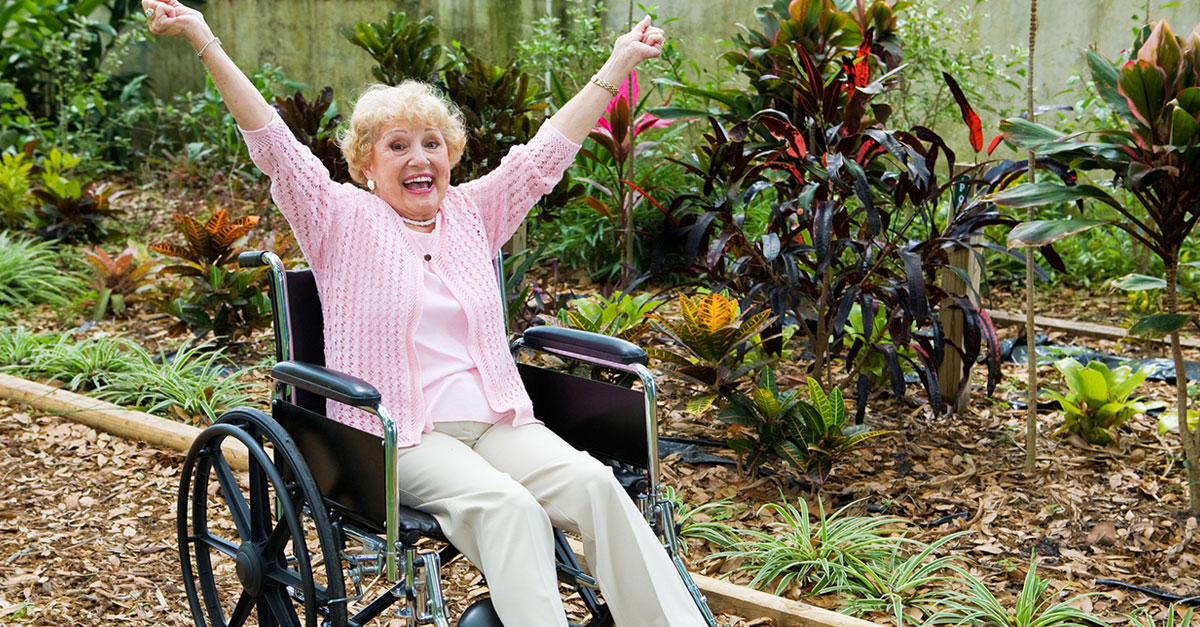Most people I know are adamant that they want to stay in their homes as long as possible as they grow older. The good news is that there are now many affordable—and sometimes surprising alternatives to nursing homes. Best approaches…
Use new technology to stay at home. Innovative technological solutions now allow many people to remain independent. For example, you can now buy home medication-dispensing devices that store all your pills, unlock when it’s time to take them and alert you with a signal at pill time. These devices are even wired to a remote command center that will call you or a relative if you miss just one dose! In addition, home-care agencies can set up devices (with sensors worn by the patient) for daily monitoring of blood pressure and body temperature. Recent development: Medicare has just agreed to cover many such home services for people who otherwise would be placed in a more costly nursing home.
Try a “granny apartment.” That’s what today’s so-called accessory dwelling units (ADUs) were called years ago. An ADU (fully equipped with bathroom and kitchen) is a one-room, freestanding house or a small addition to a relative’s home. Latest development: Years ago, zoning laws in most communities put major restrictions on these units, but that has now changed in many areas. A friend of mine built an addition onto her house (for $65,000—less than the cost of a year in a nursing home) for her mother who had Alzheimer’s disease. Her mother lived there until her death eight years later with the costs mostly covered by her Social Security payments, her small savings and Medicare (with a Medigap supplemental policy). My friend also used community services, including adult day care and occasional in-home caregiving aides. To learn more about such community services, consult the Administration on Aging’s resources Web site, www.eldercare.gov, or call 800-677-1116.
Consider “campus” living. It may not be quite as much fun as a college campus, but assisted-living facilities do offer their own activities (such as bridge, yoga classes and book clubs) and can be ideal for people who can’t stay in a traditional home or live with relatives. With assisted living, you have your own apartment and receive three meals a day, medical monitoring and medication assistance (by a nurse or an aide). Cost: $1,000 to $5,000 per person per month. Recent development: Growing numbers of so-called continuing-care communities. They offer independent (often freestanding homes) and assisted-living programs in addition to skilled nursing home services all on the same campus. These communities can be expensive, often requiring a front-end, onetime payment of $100,000 or more, plus monthly fees for meals and other services. Good to know: Many continuing-care communities now have a variety of payment options to make them more affordable. Go to the AARP Web site, www.aarp.org, and search “Caregiving,” to research different payment methods.

